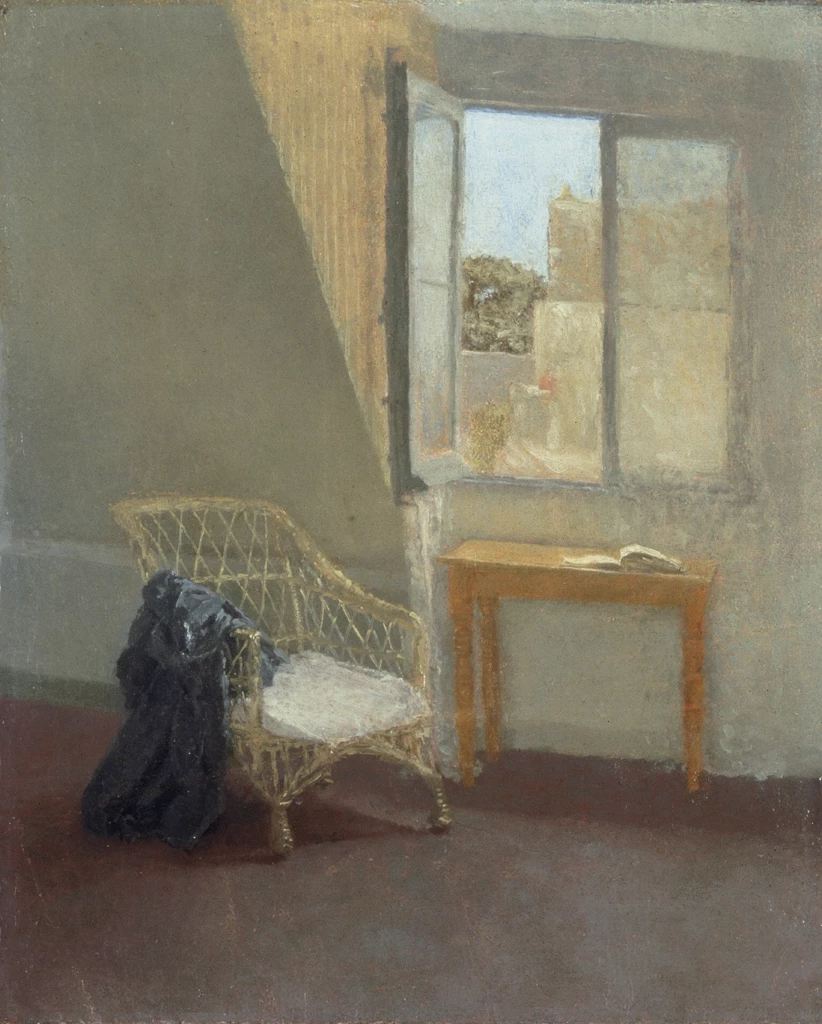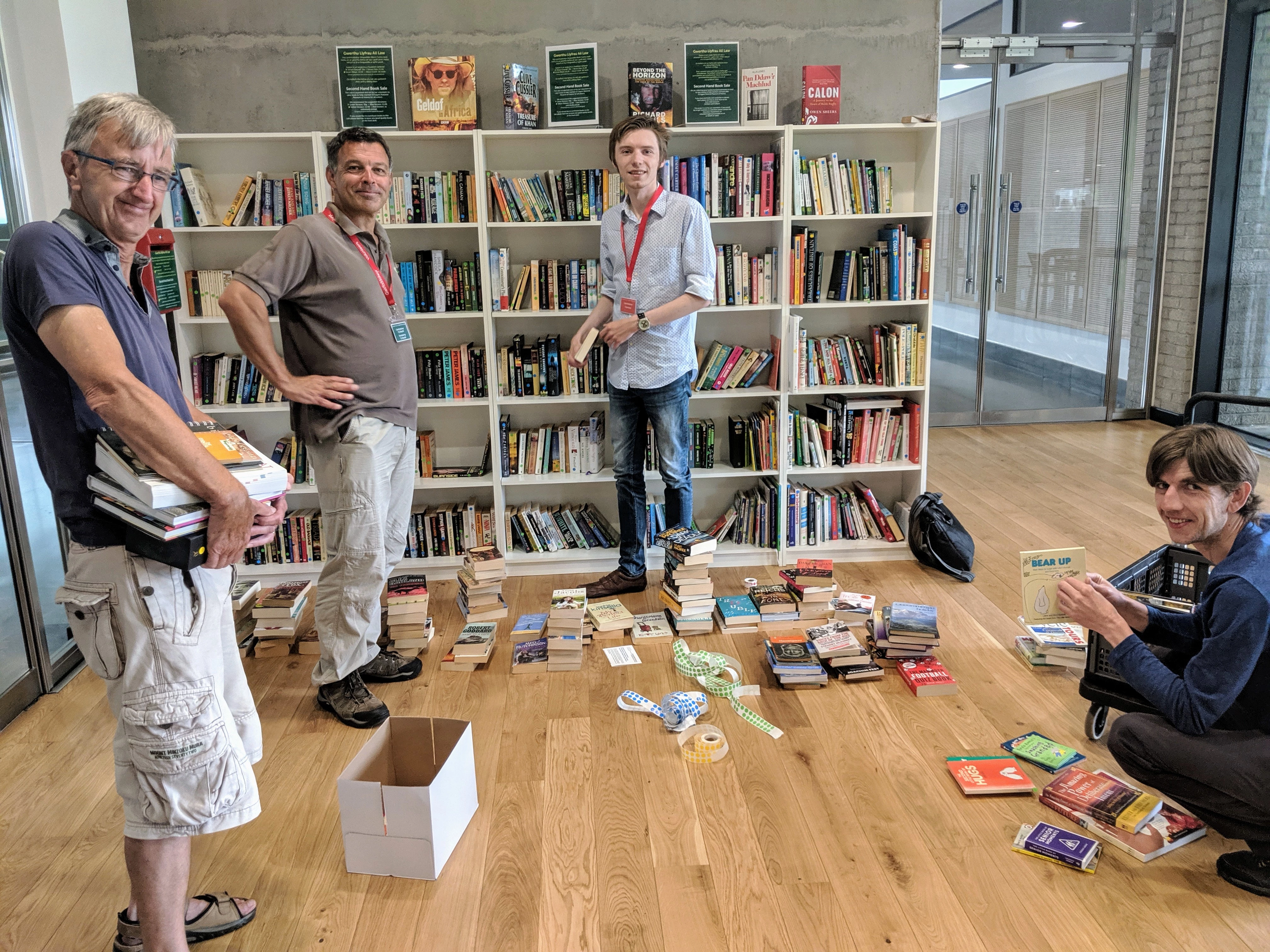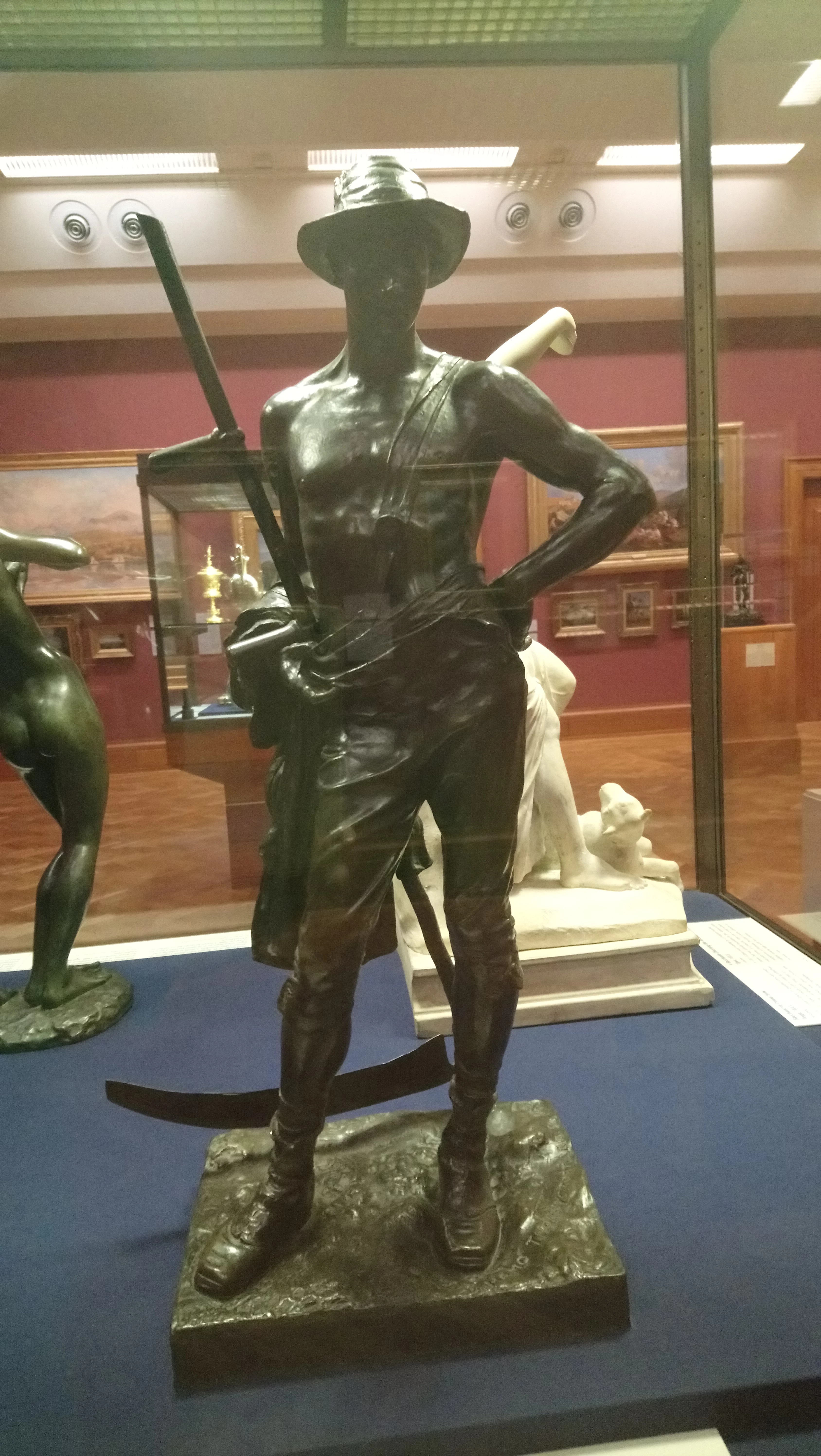How are you all feeling being stuck at home?
, 24 March 2020
Stuck at home? Lots of us at the Museum are too, but although we may have temporarily shut our doors to visitors during the Covid-19 outbreak, we still have lots of fantastic goodies for you to savour from the comfort of your own home.
So, how are you feeling?
Feeling confined? Spare a thought for Tim Peake who was hauled up in the tiny Soyuz TMA-19M capsule with two of his crewmates Yuri Malenchenko and Tim Kopra as he descended back to Earth from the International Space Station back in 2015. Although the journey was just under three and a half hours, this little confined capsule saved his life. Remember: staying in your house right now can save lives too.
Feeling peckish? With Easter just around the corner, how about this 100-year-old Easter egg? Not your thing? How about this compilation of traditional Welsh recipes. I'll give the Oatmeal Gruel a miss, Eldeberry Wine however... now you're talking!
Feeling curious? Ever wondered why Jones is such a popular Welsh surname? Check it out now, in a minute.
Feeling arty? Why not try your hand at some botanical illustration.
Feeling adventurous? Take a trip underground at Big Pit National Coal Museum and experience life as a real miner.
Feeling nostalgic? Take this opportunity to snoop around some of the houses at St Fagans National Museum of History whilst no one’s watching!
Feeling crafty? Print out and make this paper calculator.
Feeling blue*? Mix things up with some natural colour inspiration from our mineral and crystal collection.
Feeling fabulous? Check out this spectacular, and very old, Bronze Age gold bling; some perfect pieces to compliment your work-from-home attire.
Feeling stiff from sitting at your home desk? Time to take a break and follow these simple stretching exercises. Plus, here are some tips on sitting correctly in front of your computer to prevent aches and pains.
Feeling active? How many times can you run up and down the stairs before your kettle boils? One, two, three, go!...
Feeling poorly? Then all of us here at the Museum wish you a hastly and speedy recovery. Get well soon! x
Not sure how you feel? Then we have over half a million other possibilities to whet your interest, fire your imagination and scratch that curiosity itch... go have a rummage!
* The meaning of this phrase may come from old deepwater sailing ships: if a captain or officers died at sea then a blue flag was flown, or a blue strip painted on the hull of the ship when returning to port. Find out more about the psychology of colour.



